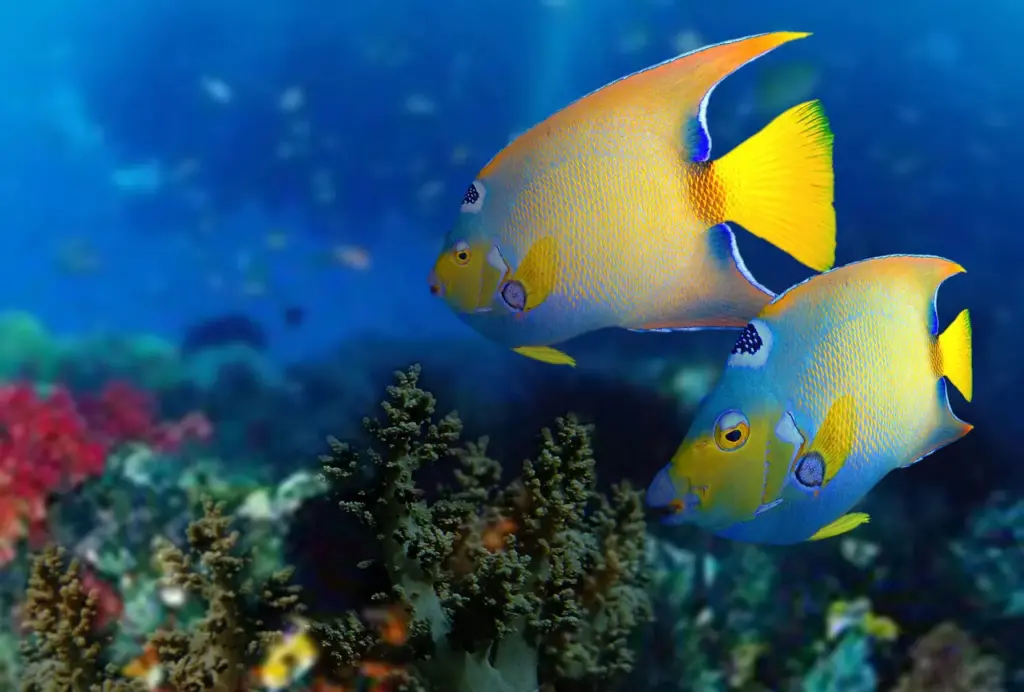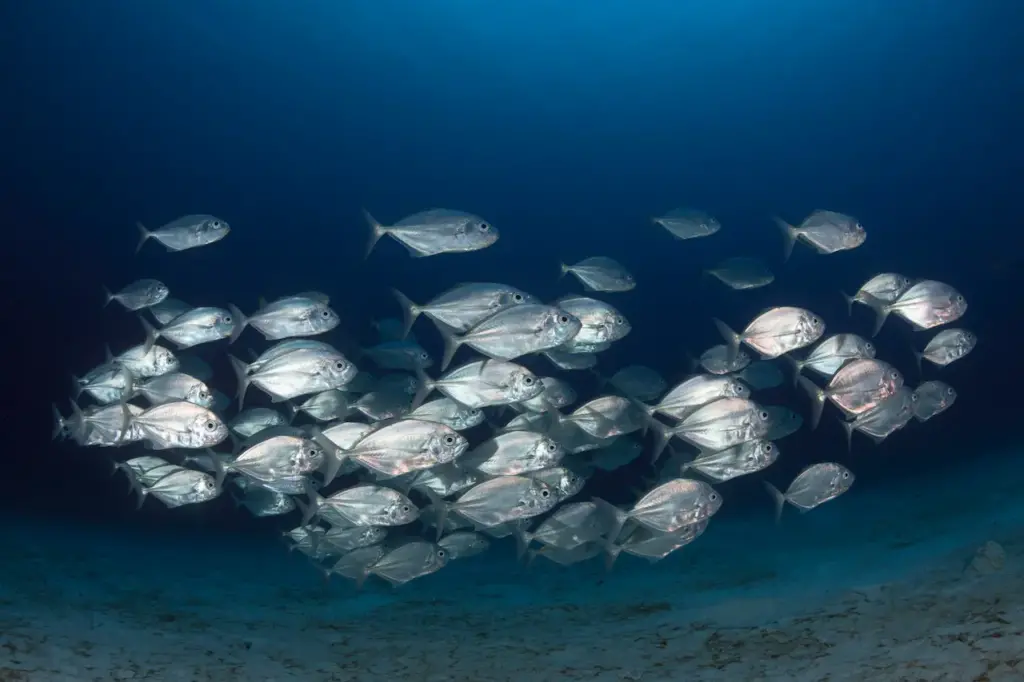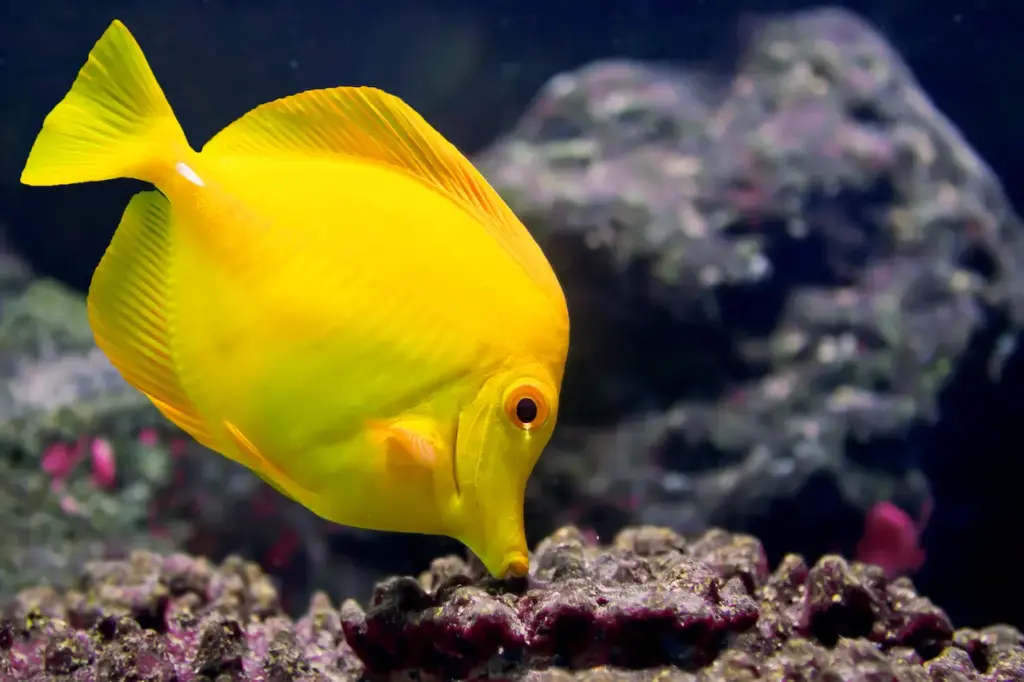What Eats Fish?
Categories
- Accipitridae (1)
- Acrididae (1)
- Algae (2)
- Alligatoridae (1)
- Amoebidae (1)
- Amphibians (3)
- Anatidae (1)
- Anguillidae (1)
- Arachnids (2)
- Bears (2)
- Big Cats (3)
- Birds (13)
- Bovidae (5)
- Bufonidae (1)
- Camelids (1)
- Cameras (1)
- Canines (13)
- Caridea (1)
- Carnivora (10)
- Castoridae (1)
- Cats (4)
- Cebidae (1)
- Cephalopod (1)
- Cervidae (2)
- Cetacean (1)
- Chondrichthyes (1)
- Crocodilia (2)
- Crustaceans (4)
- Culicidae (1)
- Cyaneidae (1)
- Dasypodidae (1)
- Dasyurids (1)
- Deer (1)
- Delphinidae (1)
- Desktop (1)
- Didelphidae (1)
- Dinosaurs (1)
- Dogs (13)
- Dolphins (2)
- Echinoderms (1)
- Education (10)
- Elephantidae (1)
- Equine (1)
- Erethizontidae (1)
- Erinaceidae (1)
- Farming (1)
- Felidae (5)
- Fish (5)
- Food Chain (31)
- Food Web (2)
- Formicidae (1)
- Frugivore (1)
- Gaming (1)
- Gastropods (1)
- Giraffids (1)
- Great Apes (2)
- Health Conditions (3)
- Herbivore (4)
- Hi-Fi (1)
- Hippopotamidae (1)
- Hominidae (1)
- Insects (10)
- Invertebrates (2)
- Keyboards (1)
- Laptops (1)
- Leporidae (1)
- Mammals (23)
- Marsupials (4)
- Mephitidae (1)
- Microchiroptera (1)
- Mollusks (2)
- Mongoose (1)
- Muridae (1)
- Nocturnal Animals (1)
- Odobenidae (1)
- Omnivore (2)
- Phasianidae (1)
- Phocidae (1)
- Plankton (1)
- Plants (2)
- Primate (1)
- Ranidae (1)
- Reptiles (7)
- Rhinocerotidae (1)
- Rodents (5)
- Salamandridae (1)
- Scarabaeidae (1)
- Sciuridae (2)
- Sharks (1)
- Shellfish (1)
- Sound (1)
- Spheniscidae (1)
- Suidae (1)
- Superfamily Papilionoidea (1)
- Theraphosidae (1)
- What Eats (5)
The underwater world is home to an incredibly diverse array of fish species. Fish inhabit all types of water bodies across the world, from small ponds and streams to lakes, rivers, and extensive oceans.
They play vital roles in aquatic food webs and ecosystems. But what eats fish? And what do fish themselves eat? These are important ecological questions worth exploring.
In this article, we will take a deep dive into the fish predators and prey. We will examine the specific examples of fish-eating animals and the prey targeted by different fish.
Table of Contents
Toggle
Fish and Coral Underwater What Eats Fish
Predators of Fish
Fish form an essential part of many ecosystems and are a key source of food for a wide variety of aquatic and terrestrial predators.
As fish inhabit all types of water bodies, from small streams to open oceans, they interact with many types of predators throughout their life cycle. Here are some of the main predators that eat fish:
Birds
Many species of birds prey on fish as their main food source or as part of their diverse diets. Wading birds like herons, egrets, storks, and ibises stalk shallow waters to spear fish with their sharp beaks.
The great blue heron uses its long legs and neck to patiently stand in shallow water, waiting for small fish to come within striking distance. Seabirds like gulls, terns, cormorants, pelicans, and puffins are specially adapted for fishing and can plunge-dive from the air or swim underwater to catch fish.
Mammals
Several marine mammals rely on fish as their staple food. Seals, sea lions, and walruses use their speed and agility in water to hunt fish shoals.
They use their sensitive whiskers to detect the flow of water around fish and can even follow fish trails based on scent. Ocean animals like orcas and humpback whales have specialized feeding techniques to trap and gulp down small schooling fish or large predatory fish.
Reptiles
Large marine reptiles like saltwater crocodiles, alligators, and caimans catch fish that swim close to shore or near the water’s surface. They lay still with only their eyes and snout above water and strike with lightning speed to catch unsuspecting fish.
Freshwater reptiles such as turtles and snakes may occasionally feed on fish, but they are not their primary food source. Snapping turtles sometimes ambush small fish, while water snakes like the cottonmouth hunt fish by sensing their movements in the water.
Amphibians
Giant salamanders and large frogs like bullfrogs and African sharp-nosed frogs eat small fish, while newts may prey on fish eggs and larvae.
The hellbender salamander, with its flat head and expanding jaws, is specially equipped to vacuum up small fish from the river bottom.
Other Fish
Piscivorous or fish-eating fish form another predatory group that eats other fish species. Examples are largemouth bass, pike, barracuda, tuna, marlin, and swordfish that hunt smaller fish in open waters.
The barracuda uses its razor-sharp teeth and speed to rip and swallow prey fish whole. Bottom-dwelling catfish and stingrays also eat other fish. Stingrays bury themselves in the seafloor and strike when prey swims by.
Aquatic Insects
Giant water bugs ambush and pierce small fish with their piercing mouthparts. They grasp fish with spiny forelegs while injecting them with digestive enzymes before sucking out the liquefied remains.
Predacious diving beetles and their larvae attack small fish. They overwhelm their prey using superior numbers and their vice-like jaws. Dragonfly larvae grab small fish fry that share their habitats in ponds and streams. Their lethal, extendable jaws called labium can rapidly shoot out and ensnare young fish.
Crustaceans
Some large crustaceans, like freshwater crayfish, may feed on small fish, although fish are not their main diet. Crayfish use their clawed legs and large pincers to seize and dismember small fish that share their habitat.
Cephalopods
Squids, cuttlefish, and octopuses that dwell in oceans and seas may prey on both small and large fish. Their flexible bodies, sharp beaks, and ability to spray ink make them effective open-water hunters.
The Humboldt squid, for instance, has powerful jaws and tentacles lined with suckers and teeth to grab its prey, including fish of all sizes.
What Fish Eat

Small Fishes Underwater
The fish’s diet depends greatly on its habitat, feeding behaviour, and morphology. Here’s an overview of the diverse dietary preferences of fish:
Plankton
Plankton, including phytoplankton (plant plankton) and zooplankton (animal plankton), forms the staple diet of many small fish species and juvenile stages of larger fish. Common plankton-feeding fish groups are herrings, anchovies, menhaden, silversides, and mysid shrimp.
Menhaden fish travel in large schools with their mouths open to filter plankton from the water. Baleen whales also filter huge quantities of planktonic organisms for food using their sieve-like baleen plates. The blue whale, for example, can swallow up to 4 tons of krill in a day.
Aquatic Plants
Some fish, like grass carp and tilapia, graze extensively on aquatic plants and algae. Plant-eating fish help in controlling excessive vegetation in lakes and ponds.
The grass carp feeds on submerged vegetation in freshwater habitats, consuming up to five times its own body weight daily.
Detritus
Bottom-dwelling fish like catfish and carp feed on detritus – disintegrated organic debris that forms a layer of sediment at the bottom of water bodies.
These fish sift through sand, mud, and detritus for tiny food bits. The diet of the common catfish consists primarily of insect larvae, worms, crustaceans, and detritus found in the muddy bottoms of warm rivers and lakes.
Insects and insect larvae
Small fish like minnows, killflies, and small perch feed on aquatic insect larvae like midges, insects like mayflies, caddisflies, and dragonflies that thrive in ponds and streams. Mosquitofish help control mosquito populations by feeding on their larvae and pupae.
Larger predatory fish eat adult aquatic insects that fall into the water. Trout positioned in flowing streams gobble up flies, grasshoppers, and beetles drifting on the water’s surface.
Crustaceans
Shrimps, amphipods, isopods, crayfish, and crabs are eaten by many fish like perch, trout, and catfish that live in freshwater as well as marine habitats. Crustaceans form a key food component for larger predatory fish, too. The smallmouth bass feeds heavily on crayfish but also eats insects, worms, and smaller fish.
Molluscs
Many fish use their powerful jaws to crush and feed on shelled mollusks like snails, clams, mussels, and oysters that live on the bottom of water bodies.
Examples are catfish, carp, drumfish, and stingrays. The freshwater drum fish crushes mussels and snails with its thick pharyngeal teeth located in its throat.
Worms
Bottom-dwelling fish often feed on worms like tubifex worms, ragworms, and polychaete marine worms that bury in the substrate. Worms provide rich protein food for fish. The milkfish relies heavily on marine worms, which it sucks up from mud on the seafloor.
Small fish
Larger predatory fish like pike and barracuda hunt smaller fish for food. Even tiny fish like minnows may eat newly hatched fry of other fish species. The Giant trevally chases down smaller fish, including sardines and anchovies, and slashes them with its bladelike teeth.

Fish Searching for Food What Eats Fish
Eggs of fish and amphibians
Many small opportunistic fish feed on the eggs of other fish, frogs, and toads. The protein-rich eggs provide them with concentrated nutrition.
Minnows and killifishes, for instance, devour the eggs of bass, sunfish, and carp that they find clumped on underwater surfaces.
Conclusion
Fish display great feeding diversity ranging from microscopic plankton or detritus to fish, aquatic insects, plants, and eggs of other species.
Their unique adaptations for hunting, foraging, and capturing food are key to their success in aquatic environments across the world.
Understanding the complex food web interactions and dietary preferences of fish species is essential for conserving aquatic ecosystems.
